When designing a space, we understand that every detail matters. Yet, there are moments when furniture transcends its functional role and becomes the star: a table that captivates the room, a chair that disrupts symmetry, or a sculptural piece that adds rhythm and personality. It's in this delicate balance between function and emotion that the true potential of artistic design is revealed, inspiring us to push the boundaries of our creativity.
At ALMA de LUCE, furniture is created to surprise and inspire. Each creation is not just an object, but a tangible narrative, capable of provoking sensations and creating unique atmospheres. Integrating statement pieces and sculptural furniture is, for an interior designer, the opportunity to transform any project into creative interiors that communicate history, culture, and feeling.
In this article, we explore how furniture can be more than a utilitarian object: it becomes a living art, a narrative, and an emotional experience, inviting new ways of thinking and experiencing interior design.
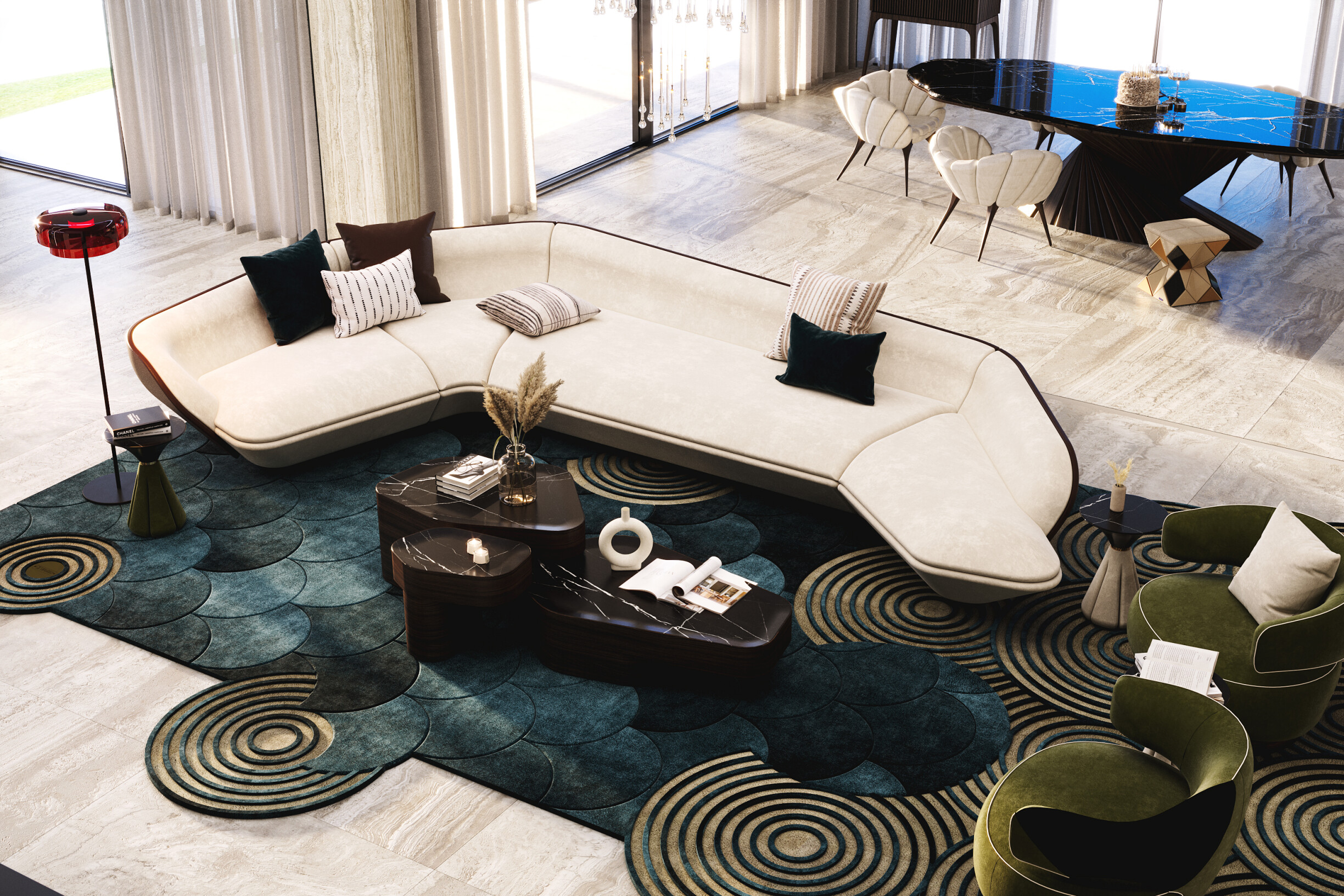
Every piece of furniture can fulfil its purpose while simultaneously transforming into a sculpture, focal point, and artistic expression. Throughout history, the pieces that have defined an era have been those capable of uniting purpose and expression, serving everyday life while revealing their creator's vision. Today, more than ever, this line between function and art becomes more relevant.
Artistic design elevates each piece to the status of a living sculpture. A sofa can offer comfort, but also communicate power and sophistication. A centrepiece can welcome guests while simultaneously establishing itself as the focal point of the room. A chair can be ergonomic and, at the same time, evoke surprise with its bold design. When furniture becomes dual-natured, it stops being just part of the space and starts to define it.
In the coming years, we'll see furniture take on even more expressive roles. The traditional boundaries between functional objects, works of art, and architectural elements will become increasingly blurred. Pieces will no longer be "added" to a space, but will instead interact with it, as if they were part of its own language. The form, material, and proportion will be both aesthetic and emotional, creating spaces that speak to the sensibilities of those who inhabit them.
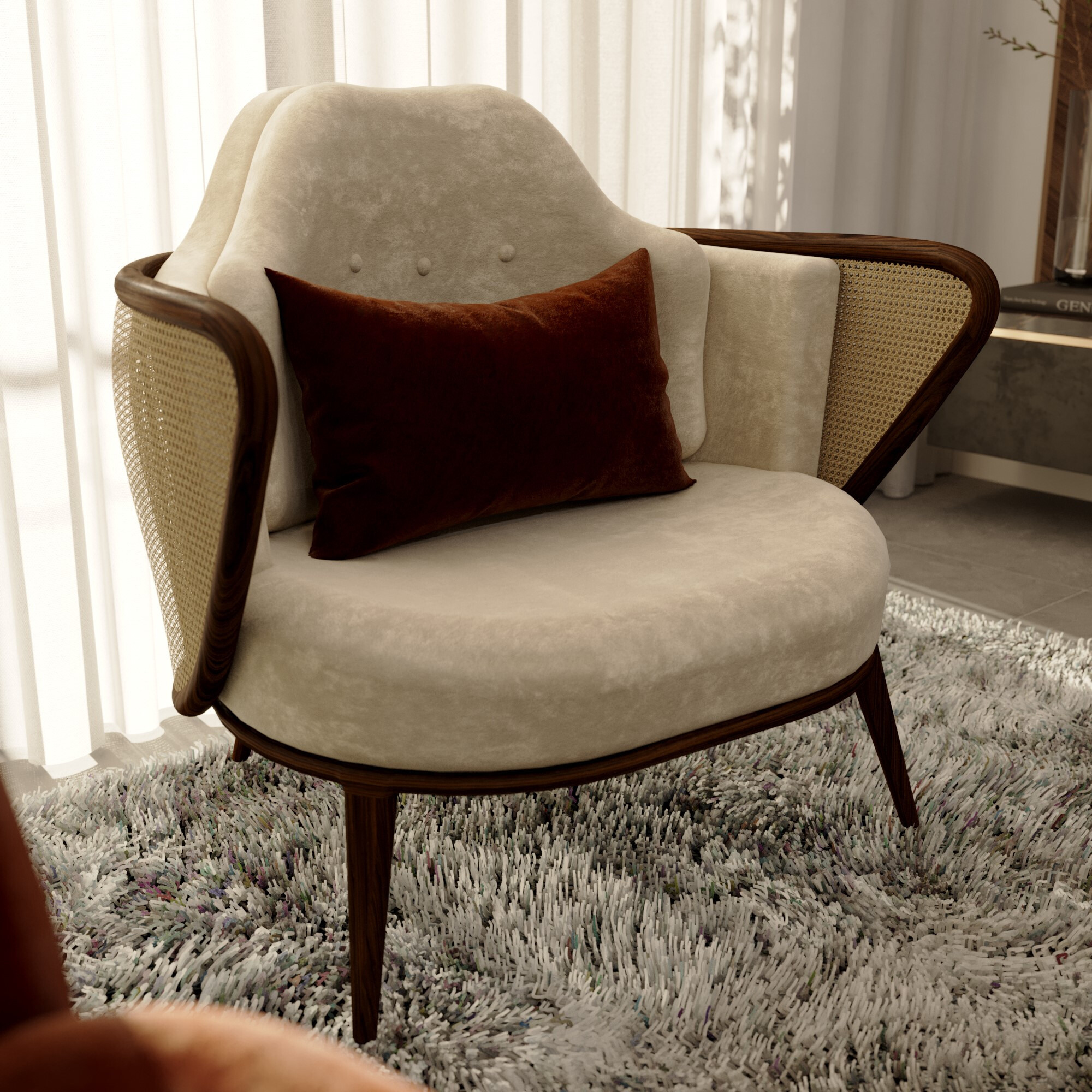
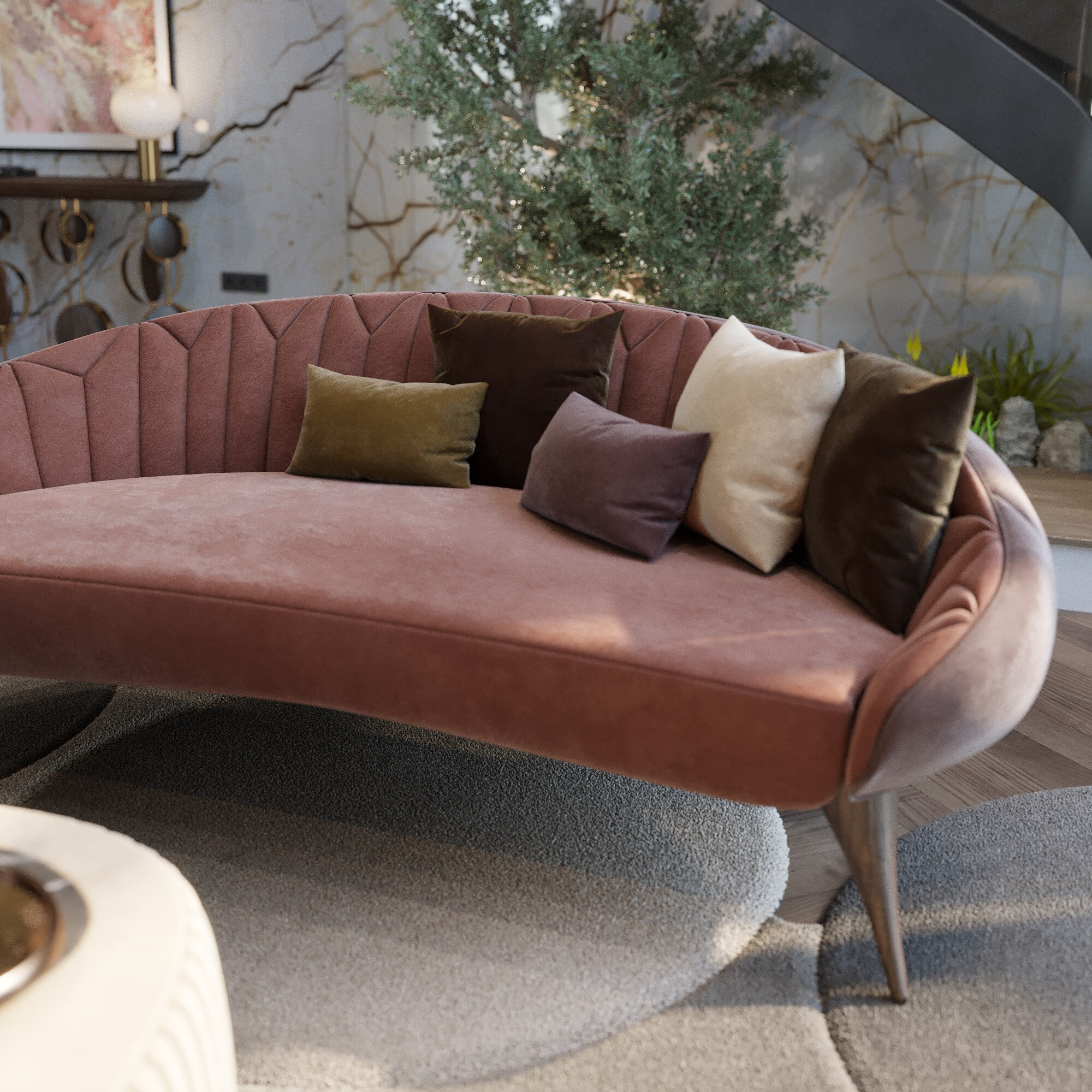
Each piece chosen for a space carries a message. It's not just a question of style, but of identity and meaning. Furniture speaks through its lines, textures, and proportions, creating a visual narrative that reflects the person who inhabits the space.
More than just filling a room, these pieces create a story. An armchair like the Poseidon from ALMA de LUCE reveals an appreciation for sophistication and modernity; a side table like the Roatan from ALMA de LUCE can convey a connection to tradition; a minimalist sideboard can express a taste for order and clarity.
When design is conceived this way, interiors cease to be mere settings. They become living stories, where each element has a clear role and adds depth to the area. It is this visual coherence that makes spaces authentic and memorable.
"Architecture is the art of so arranging and adorning the buildings erected by man, for any use, that the sight of them may contribute to his mental health, power, and pleasure."
John Ruskin, English critic of art, architecture, and society
This historical perspective applies directly to sculptural furniture. Pieces that combine form, proportion, and materiality go beyond utilitarian function, transforming spaces into complete sensory experiences. A sofa, table, or chair can be not only functional but also a catalyst for emotions, creating balance, energy, or serenity depending on their presence and design.
From a technical standpoint, these pieces modulate spatial perception by altering circulation flows, creating visual hierarchies, and establishing dialogues with other architectural elements. Scale, textural contrast, and a game of light and shadow become fundamental tools for defining the piece's prominence without compromising the space's functionality.
However, the impact goes beyond formal composition. When experienced daily, these pieces evoke specific sensations: they can convey stability and security through solid, symmetrical shapes, or stimulate creativity and dynamism through organic, unexpected lines.
The result is a sensory experience that reinforces the connection between people and the space, making each space more than just inhabited but truly felt.
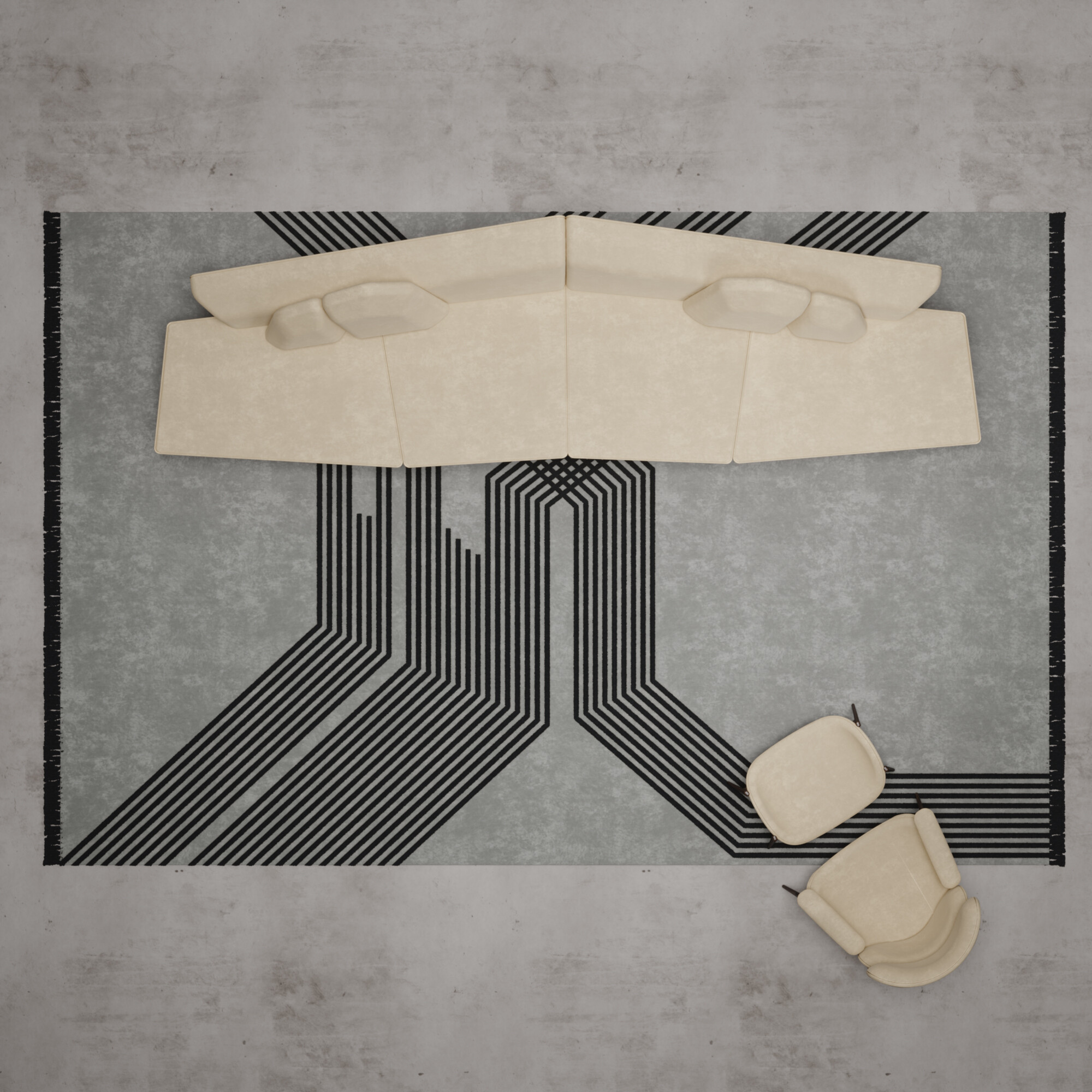
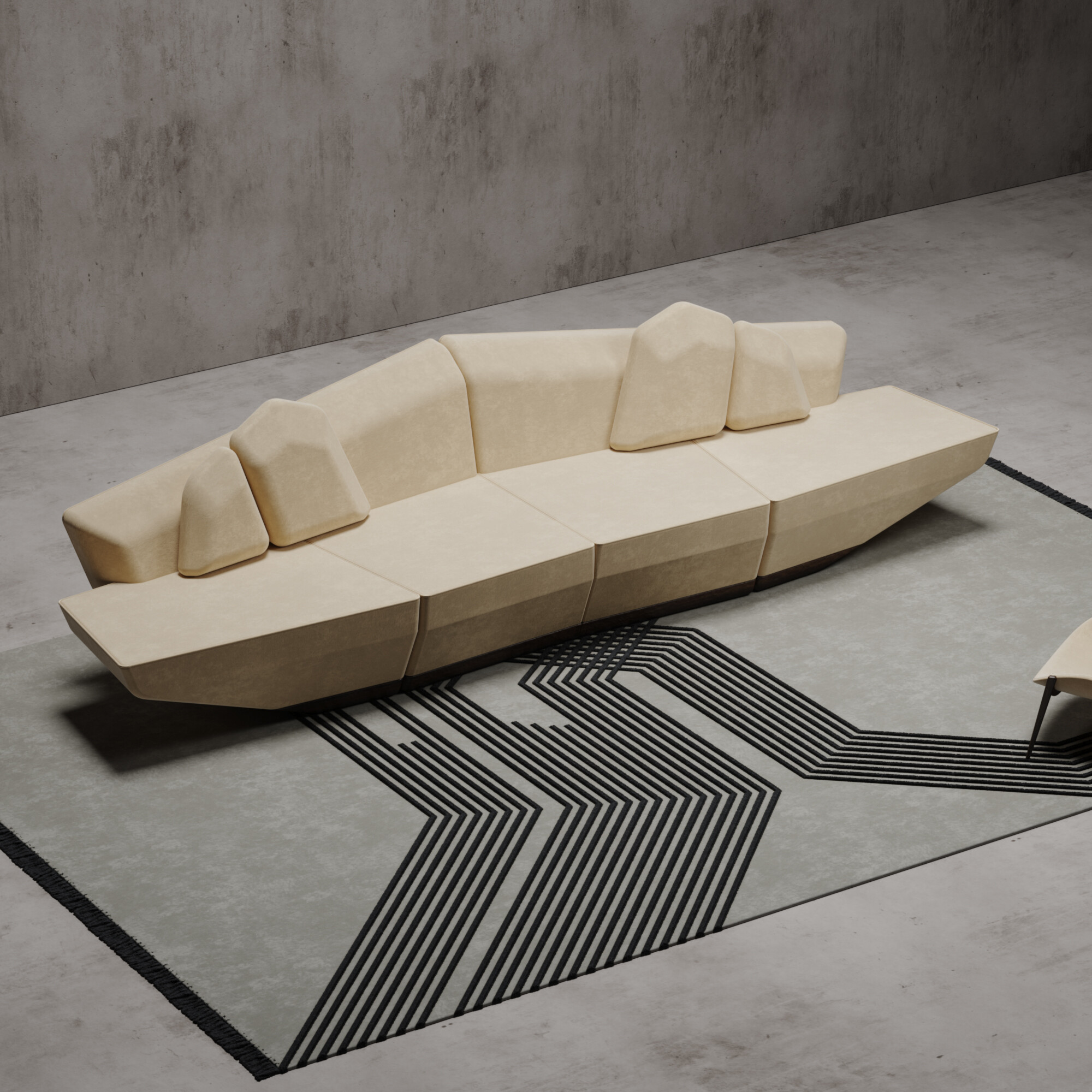
Integrating living art into spaces, whether through sculptural furniture, artistic installations, or design objects with a strong aesthetic presence, requires discernment and strategic vision. Here are some practical guidelines:
Define a clear focal point: Select a central piece to avoid visual distraction. It's important to remember that a single, well-placed accent element can transform a space without overwhelming it.
Balancing proportion and scale: Visual impact depends on the relationship between the piece and the space. A very large piece can overpower, while a small piece can lose relevance. Balance and proportionality in the use of colours will make all the difference.
Integrate materials and finishes: ensure the piece complements the room's upholstery, colours, and textures. Contrasting materials work well when the colour balance is carefully considered.
Enhance lighting: natural or artificial light should enhance the furniture without creating undesirable shadows. Therefore, it can be helpful to use directional spotlights, tracks, or diffused light to enhance the three-dimensional perception of objects.
Create a coherent narrative: avoid inserting isolated artistic elements that don't relate to the rest of the project. Each piece — a work of art, decorative element, or furniture — should contribute to a unique and consistent aesthetic message.
Explore functional pieces with sculptural value: tables, chairs, or sideboards can be both utilitarian and expressive, eliminating the need for superfluous decorative objects.
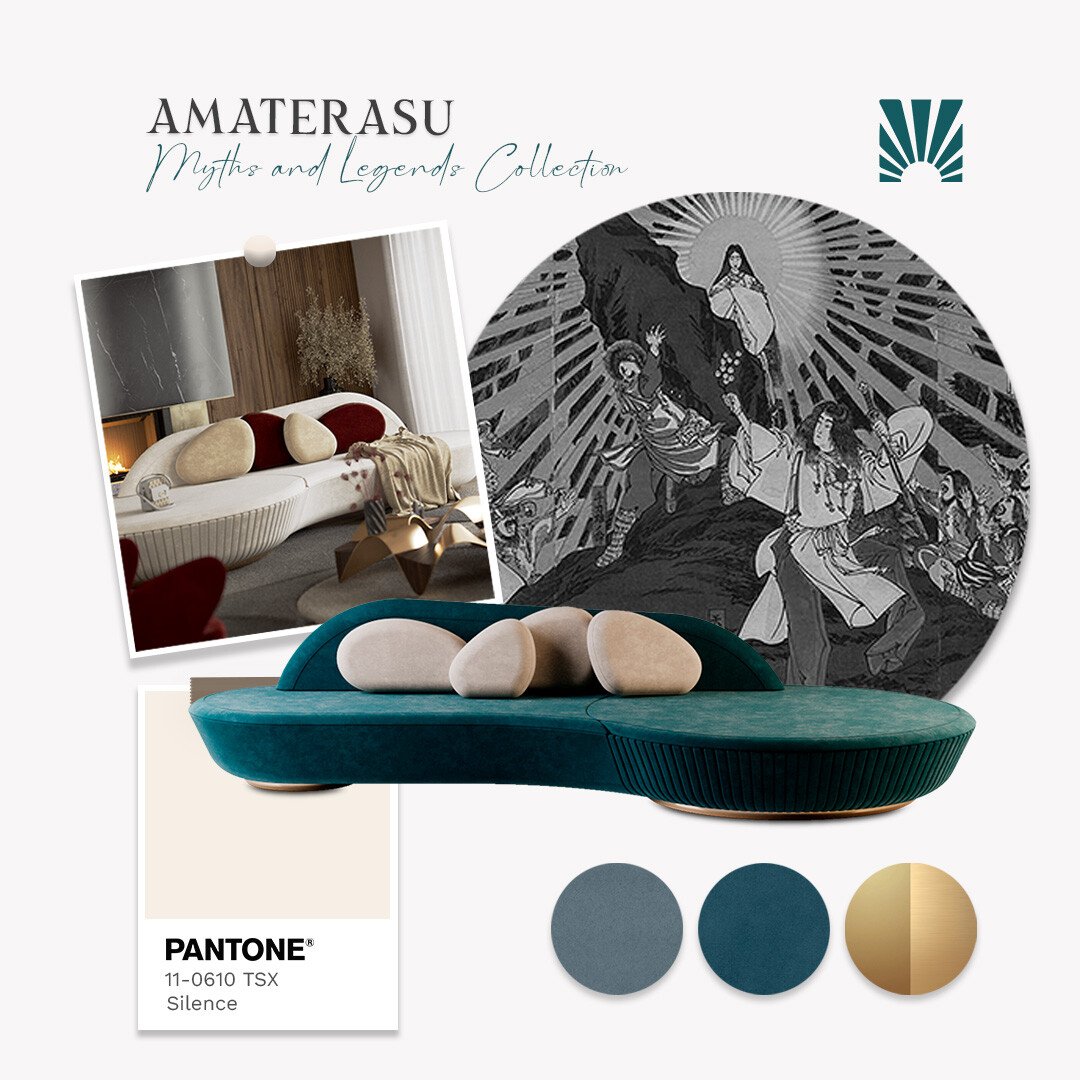
Bonus tip: before deciding on the layout of the pieces, creating a mood board can make all the difference. It allows you to test colour combinations, materials, and volumes, helping you visualise the space's narrative before making final decisions.
By applying these guidelines, designers transform interiors into living experiences, where each piece stands out visually and engages those who inhabit it, making the space memorable, coherent, and rich with meaning.
Furniture isn't just a support for objects or a daily function. Each piece chosen with intention transforms the space into a living narrative, where form, material, and proportion communicate meaning and personality.
By integrating sculptural and artistic design pieces, interiors cease to be merely inhabited and become felt. The focal point that moves, the chair that surprises, the table that invites gatherings. Each element contributes to a complete, memorable, and coherent experience.
For designers and space creators, the challenge is to think beyond functionality: to consider furniture as art, narrative, and a point of emotional connection. Thus, each project becomes a unique composition, where aesthetics, functionality, and emotion coexist in perfect harmony.
Are you ready to start exploring furniture as an artistic expression? We help you take the first step by visiting ALMA de LUCE's Pinterest to discover inspirations that best suit your needs, your tastes, or your client's desires.